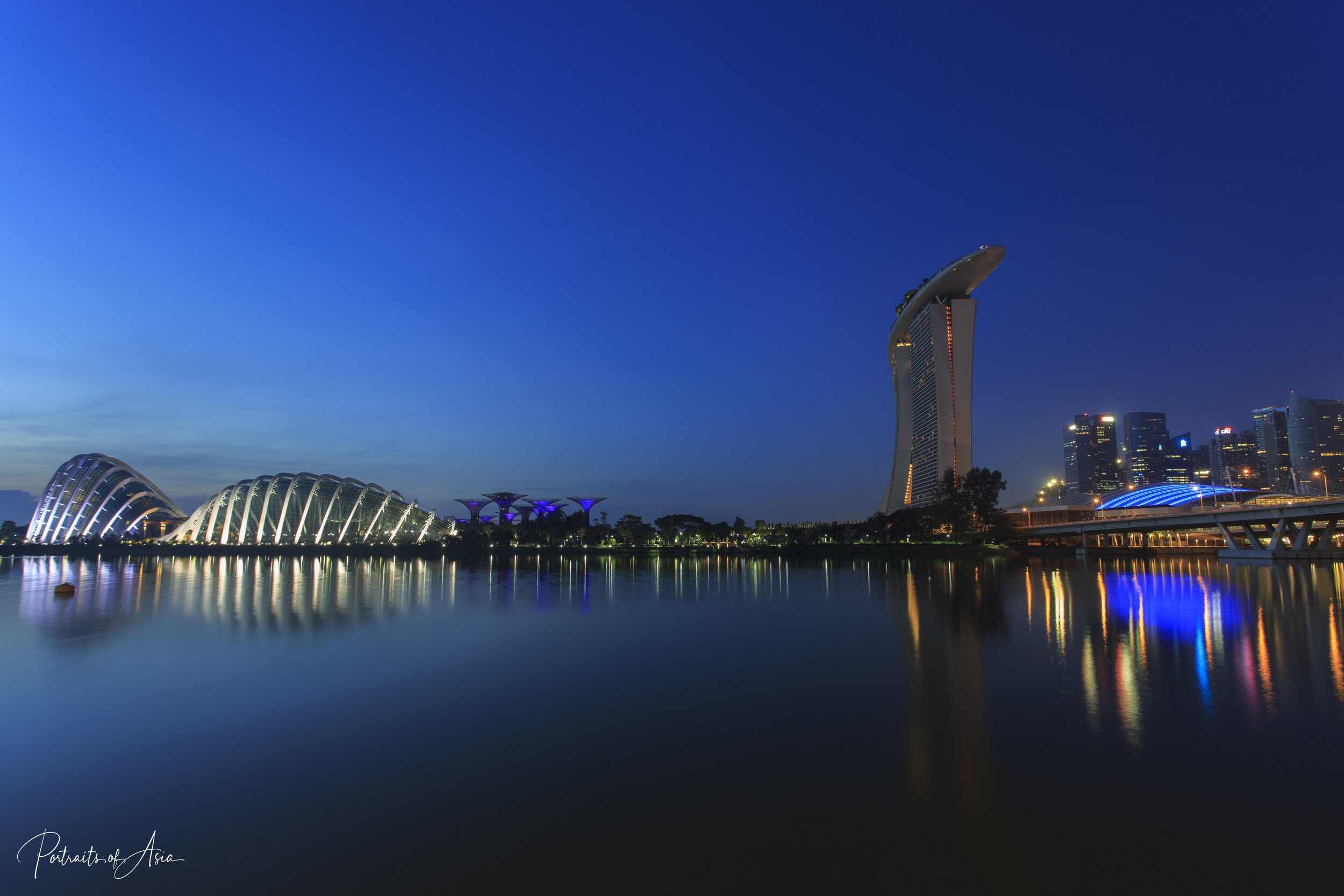Nope, this isn’t some sort of new age hippy post, where I muse about my life while sitting cross-legged on the floor and sharing words of thoughtful wisdom. I could do that, of course – but not this time…
No. This is about photographic reflections. Mirrors, glass, water, that kinda thing…
The use of reflections in photography can be a very powerful technique to add drama and punch to your images. Here, I want to briefly give some basic tips on this aspect of photography.
Lighting, as so often, is important – ideally the subject should be well lit as this will help with the quality of the reflection itself
Try to shoot on a flat plane(in relation to the reflective surface) rather than at a steep angle – that will generally help the quality of the reflection, especially on glass such as a shop window
Make sure you nail the focus! While blurred images can often be atmospheric, especially in black and white, try to aim for a sharp reflection – at least until you build experience and confidence in your techniques. Then you can try for more arty effects! Focusing on the glass or water itself will not necessarily lead to a sharp refection – the distance between the glass and the person/object being reflected is also an element to consider when calculating depth of field. As a suggestion, set aperture to f8 or smaller, see how that works
If there are subjects of interest behind the glass, think about whether they can somehow be composed in the final image to add interest or context to the reflection itself. This can be tricky to achieve but the results can be rewarding
For reflections in water, using a tripod, shooting at night or using a neutral density filter can help lengthen exposure times and smooth out moving water, helping to obtain clearer reflections
Circular polarizers can also help improve shots involving water, for example by removing unwanted glare
For all the talk of fancy filters and f-stops – you can get good results using your smart phone, with a little knowledge and practice!
Remember – not just glass and water can be used for reflections – look around for any highly polished surface
To learn more about exposure, I would recommend the book “Understanding Exposure” by Bryan Peterson. Please note this is an Amazon Affiliate link, see my merchandise page for more details.
A 13 second exposure time helped smooth the water and improve the reflection
With the camera flat against the glass window, the reflection became clearer - this type of shot could easily be taken with a smart phone camera
Again, the camera was held flush against a glass surface to produce a strong reflection - taken in the Tokyo International Forum


